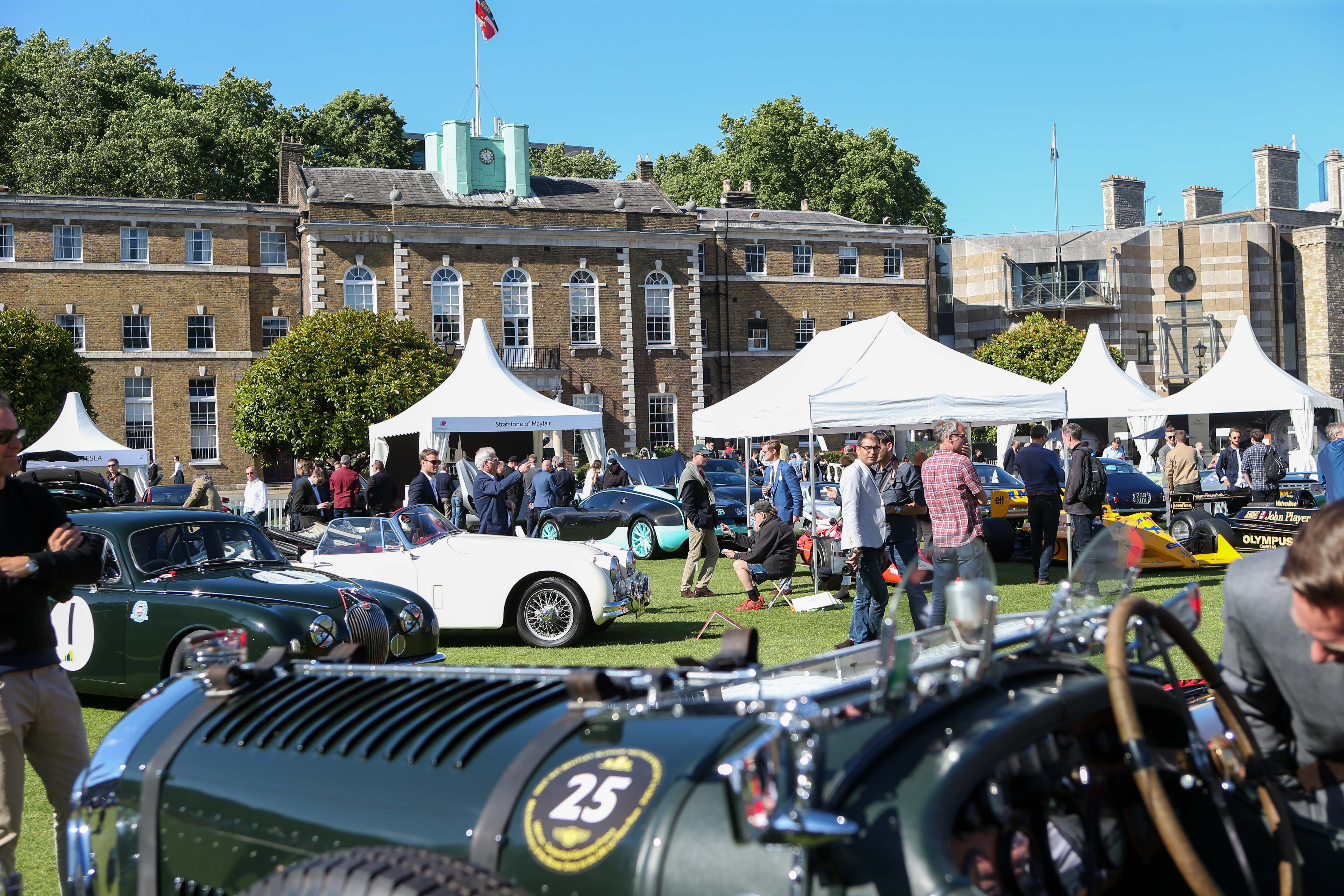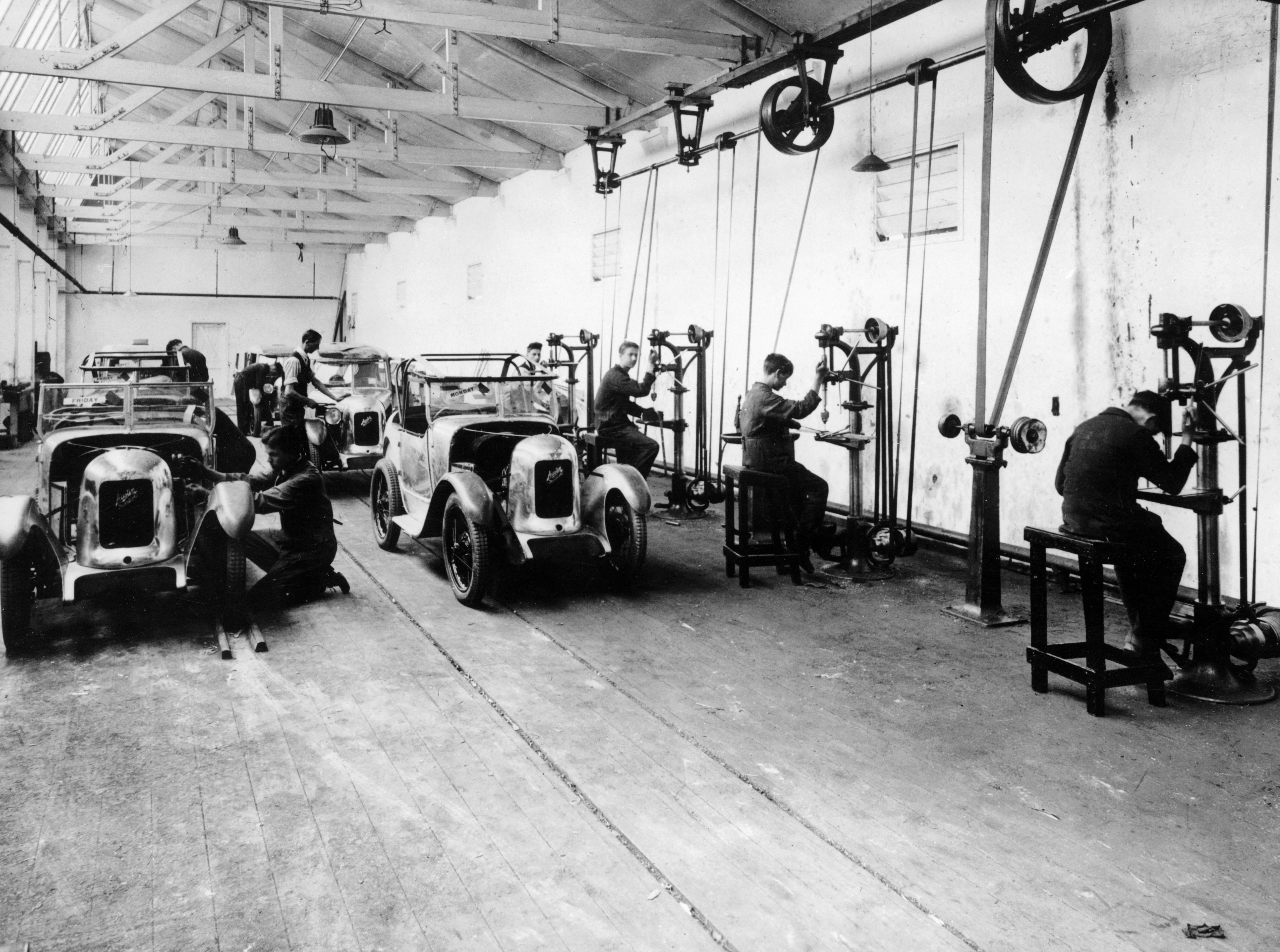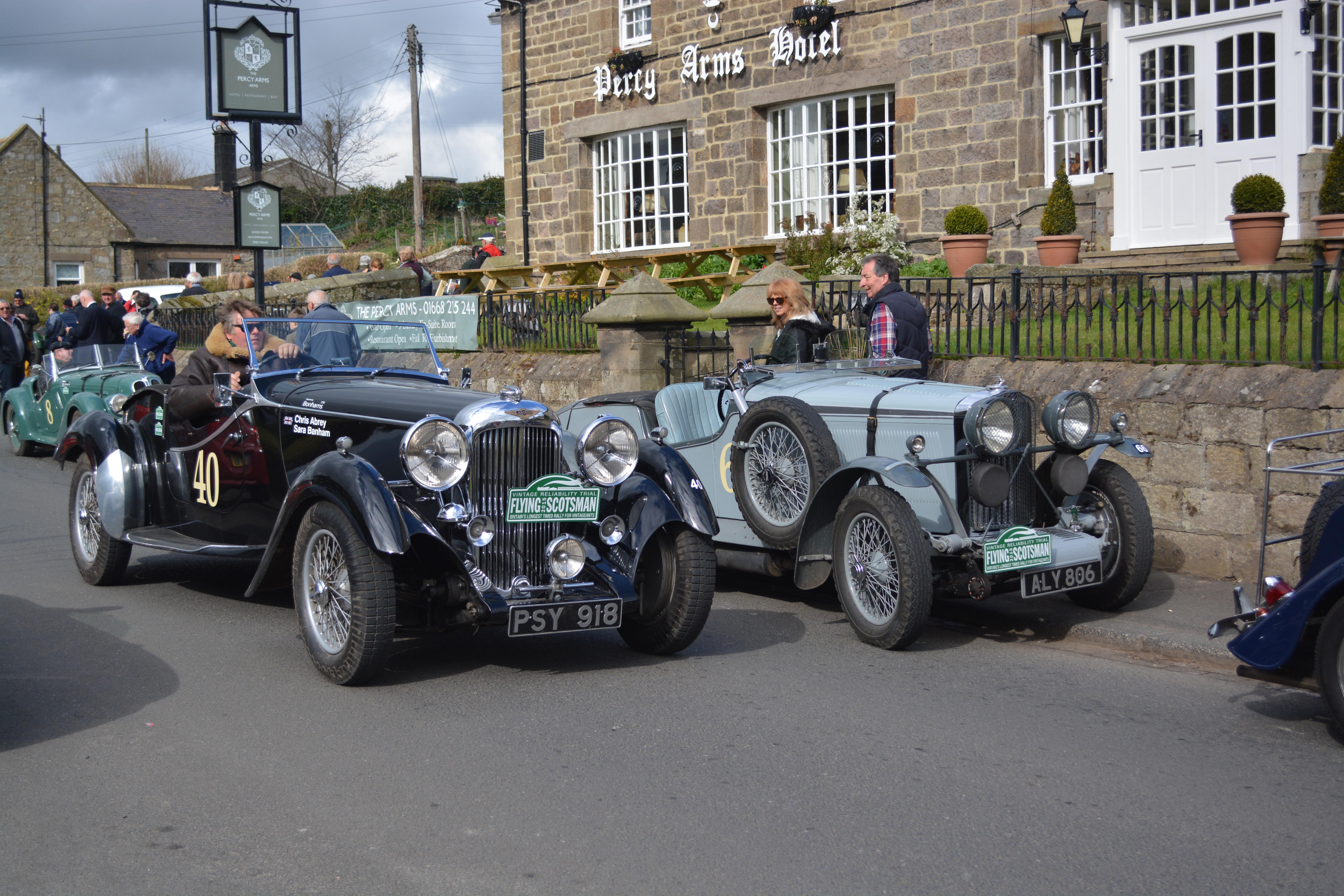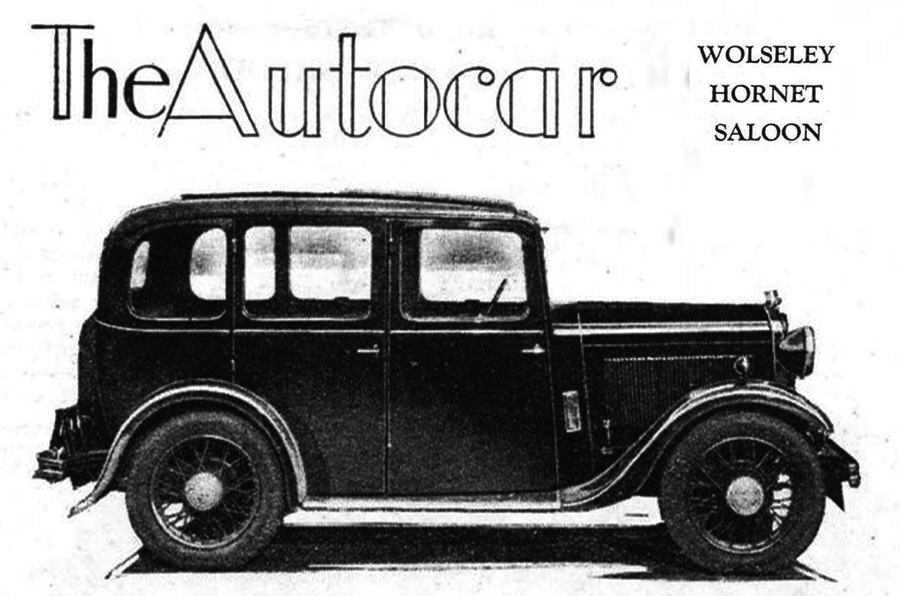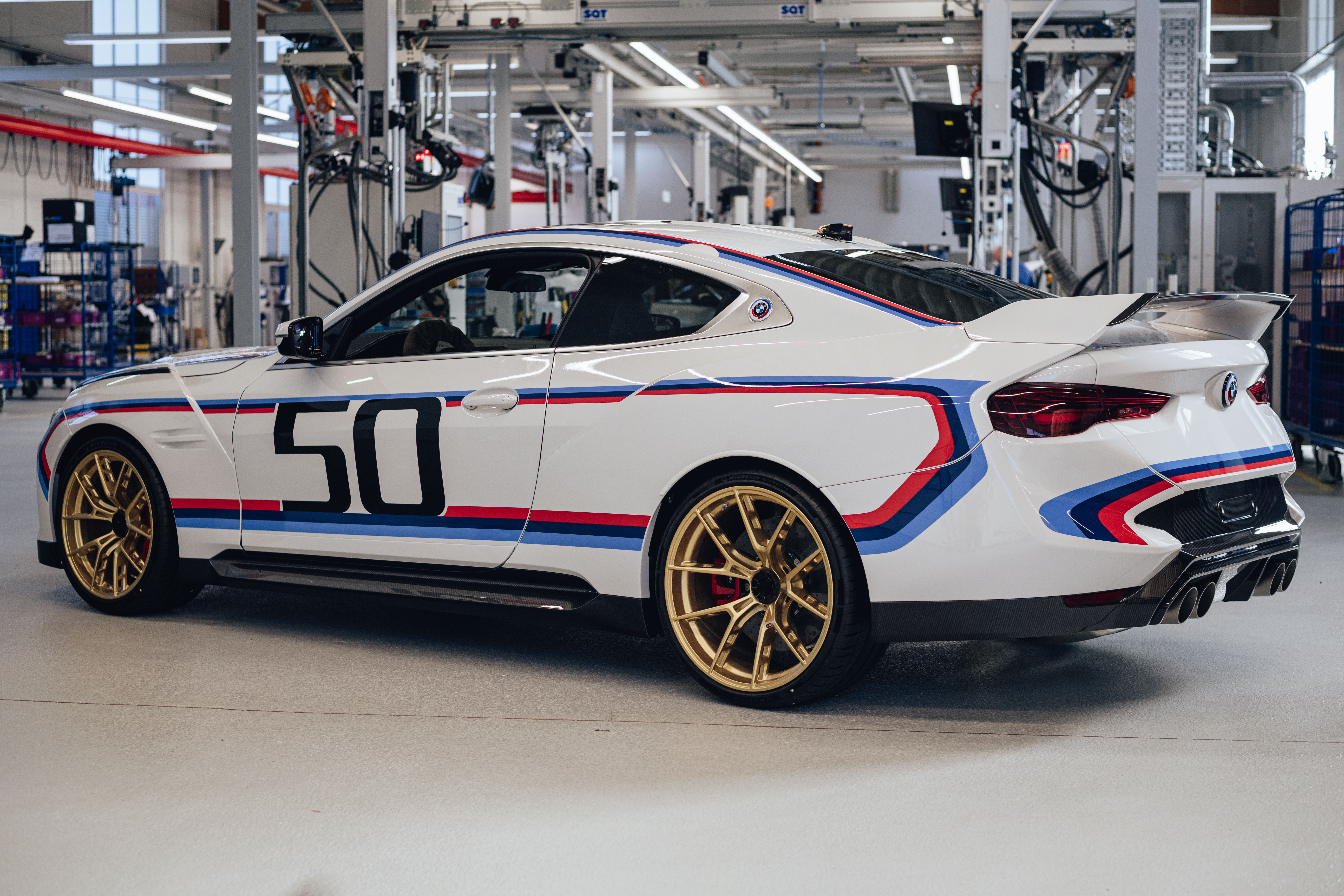Back in June last year the Honourable Artillery Company again welcome’s the capital’s ultimate automotive garden party as the 6th edition of the London Concours gets underway. This summer’s event celebrates the UK’s glorious motoring past which is presented and sponsored by Engine Notes.
2022's event celebrates the UK's automotive past with the dedicated class "Great British History".
The collection of pre-war cars provides a glimpse of the formative years of many of Britain's great automotive marques, capturing what was ‘state of art’ at this point in time.
A reminder of where we came from and how far we've come, the lawn of the HAC tells a unique story of the engineering DNA of these pre-war cars, purely analogue and mechanical, and how it evolved not only into to today's high-performance vehicles, but the beginnings of motorsport, and our passion that is investing collectible cars.
All important icons of British history, and the London Concours is the perfect place to see them!
It is thought that around 3,500 Austins were bodied at the Swallow works; however the vast majority were saloons, it is estimated that fewer than 90 open cars survive to this day.
Engine Notes is proud to partner with the London Concours to celebrate the UK’s motoring past sponsoring a dedicated class ‘Great British History’
— EngineNotes (@EngineNotes) June 17, 2022
A collection of remarkable pre-war cars will be assembled on the lawn - come and join us! pic.twitter.com/4JoZcjZZZZ
The vision and product of Sir Henry Ralph Stanley ‘Tim’ Birkin who persuaded W.O Bentley to produce the 50 examples of the model required to allow it to complete in motorsports.
The car first appeared at the Brooklands 6-Hour race on June 29 1929, then later in that year another car placed second in the RAC Tourist Trophy, but they never won a race.
Of the 50 Blower Bentleys produced, approx. 43 remain today.
LAGONDA LG45 RAPIDE
The Lagonda LG 45 Rapide is a rare car, only 25 were built and accordingly they are seldom seen. With time, they have become the most desirable model produced by Lagonda in the prewar era.
The LG45's desirability was helped in 1935 when a 4.5 litre won the Le Mans 24 Hours race, however, in the same month Lagonda entered receivership.
The company was saved by Alan P. Good who outbid Rolls-Royce. Mr Good persuaded W.O.Bentley to leave his company, now owned by Rolls-Royce and join him at Lagonda as a designer, along with many of his department staff. The result; in 1936 Lagonda announced the LG45 Rapide as the fastest car in the world, capable of more than 100 mph!
TALBOT 105
The 105 is considered by many to be one of the finest cars of the 1930s. Available with a variety of coach-built bodies, the 105 was powered by an enlarged version of Talbot’s six-cylinder engine, with a pre-selector gearbox. Excellent touring cars, they competed competed with success at Brooklands, Le Mans and in the Alpine Trial.
@LondonConcours is just 2 weeks away! Who’s excited? 👋
— THE HAC (@HacEvents) June 14, 2022
Sip on champagne and enjoy the summer weather whilst you wander around the Artillery Garden admiring a display of the world’s finest cars from supercars to timeless classics 🥂 ☀️🏎️ pic.twitter.com/ujY60Tep4t
Launched in 1930 at the Olympia Motor Show, 70+ years after the last car left the Cobham factory, approximately 68 of the 75-or-so S-types built are known to survive and most are in excellent order, testifying to the quality of their engineering.
The S-type featured a new 'under-slung' chassis that positioned the rear axle above the frame rails for a much lower centre of gravity, and shared the 4½-litre Meadows engine, which was also used for the 'NLC' and 'A' models.
Drawing rave reviews when introduced in 1937 an elegant four seater with a fold-flat windscreen, encased spare wheel, sloping tail, louvred bonnet sides and cut-away doors, punctuated by a belt line that emphasised its low build and stepped edges to all four wings. The 4.3 Litre Short Chassis Vanden Plas Tourer was arguably one of the best looking road cars of the period. Road test figures at the time showed a 0-60mph time of 11.3 seconds and an enviable 103.45mph top speed; it was as fast as it looked.
The SS1 was produced from 1934 to 1936, during which time only 624 were made, debuted as a coupé, but several different body styles were quickly added to the line-up – the saloon was most popular with buyers, the SS100 sports car the most famous. The model being displayed this year is a wonderful Airline model, with covered spare wheels and a streamlined form reflecting the art deco style of the day.
The ''Silver Ghost” made its spectacular debut in 1907, recognised almost immediately as the finest motor car available powered by Henry Royce’s impressively 7,428 cc side-valve inline six, the 40/50 HP.
It wasn't until the late 1930's that Rolls Royce began to coach-build their own bodies. The car on display has a coach-built body by Barker & Co Limited.
Founded in London in 1710 by a guards officer Barker was a recommended bodywork supplier for early Rolls Royce cars, although the choice was the customer's and there were several other prominent builders. Such were the quality of Barker's coach-built bodies one such Rolls-Royce with Barker bodywork, a Silver Ghost, was built for Rolls-Royce for use in their publicity activities.
The SS100 widely considered one of the most beautiful sporting cars of the 1930s is also very rare, with only 198 2½-litre and 116 3½-litre models made.
On test by the Autocar magazine in 1937 the 2½-litre, with the windscreen lowered, achieved a maximum speed of 95 mph (153 km/h) and a 0–60 mph (97 km/h) time of 13.5 seconds. The 3½-litre reached the magic 100 mph (160 km/h) with a best of 101 mph (163 km/h) over the quarter mile and the 0–60 mph (97 km/h) coming down to 10.4 seconds.
Launched in 1932 the Birmingham-based car maker Wolseley offered the Hornet in a choice of body styles, including various four-door saloons, either metal or fabric-bodied, two-door sports cars, coupés, or a bare chassis, upon which you could commission an independent coach-builder to design a body for you.
The Vauxhall 20-60 announced on 28 September 1927 with a six-cylinder engine and a four-speed gearbox, offered as a four or five-seater saloon, limousine, tourer or coupé-cabriolet manufactured by Vauxhall of Luton.
